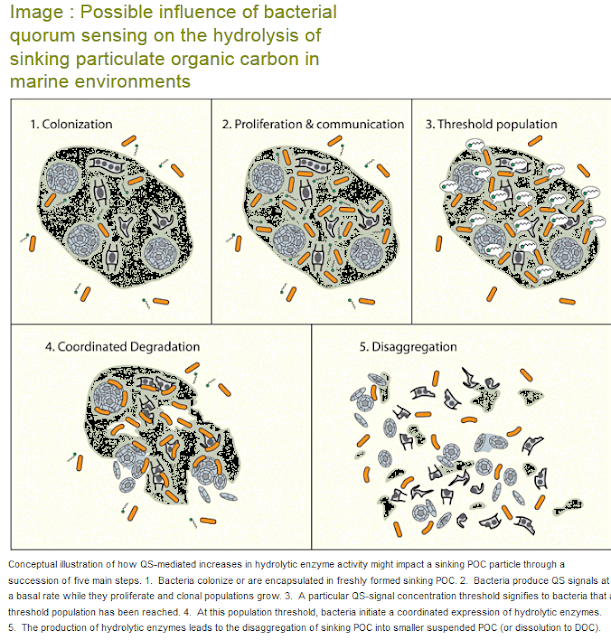What is it about federal & state agency ocean windpower people & public information meetings?
On October 23rd, the
Bureau of Ocean Energy Management held a public information meeting in
Boothbay Harbor on how Uncle Sam is handling Statoil's Hywind Maine offshore windpower application.
A very important public information meeting. A historic plan to bring floating ocean windmills to deep waters off Maine. A lively resistance by offshore fishermen looking at their commons closing. This meeting was to be a followup on the very well attended public information meeting that BOEM held in Boothbay back in June.
But alas, though the October 25th meeting was
supposed to inform people about what has happened in the Statoil review process since June, and explain the coming environmental impact study, very little of that happened
Boothbay Register reporter Sue Mello noted in
her coverage of the BOEM meeting, there were few useful
answers to any of the attendees' questions. Instead the agency crew reiterated its last meeting, and kept its presentation couched in acronym speak, and mostly shrugging helplessly when questioned on anything substantial
There were several telling incidents that characterized BOEM's polite unhelpfulness.
* Asked why there weren't any pictures or simulations of what the wind turbines would look like in BOEM's slide presentation, nor among on the agency's maps on the walls, the agency demurred that Statoil had not supplied them one.
This from a federal agency with a vast graphics department at its disposal, and with all the details of the turbine at hand. Right there, on their projector's slides: distance from land, height & width of tower above and below sea surface, size of blades, types of anchors, types of cables.

Clearly the agency
could have produced simulations and design drawings for this meeting -
had it wanted to. (See simulations of the Cape Wind proposal at various distances from land).
Instead, BOEM has purposely chosen not to supply the public with this important basic visual information.
* When questions were asked of the three feds at the head table, either they had not that information, or, as in questions about the cables that would knife through federal and state waters, they'd say the question was premature and would be discussed at a future information meeting.
Yet many of the state and federal officials that DID have much of that information
were there. Representatives of Statoil were there. But instead of being up front with BOEM's trio, where they could do some good, they were scattered through the audience.
It was as if the officials were there as spectators of the project, not the active participants that they actually are. They answered no questions, offered no information - with the exception of a Coast Guard attendee who offered her expertise. But the BOEMers ignored her - and the other officials who were there. The answers to the public's questions were there - but but not given.

.
* A fisherman noted that there had been a great deal of informed comments
given to BOEM at the June 2012 BOEM/Statoil meeting in Boothbay Harbor.
Had Bornholt or her coworkers at the meeting Aditi Mirani read those
comments. Could they comment on them?? Answer:
No & No.
The breathtaking audacity of officialdom: seeking public input, receiving it, then ignoring it. What did that mean for the comments being made at
this meeting, one wonders?
The BOEM's Maine staff tasked with this project as earnest as they may appear, are not interested in the input from their "public information meetings." Evidently the reason the meeting was held was so that BOEM could check off the "meet with
locals" box on their to-do list.
WHAT YOU CAN DO:
If you care about the Gulf of Maine, the most important thing to do
is by November 8th send written comments to BOEM about what it needs to
look at in its Environmental Impact Study. Use one of two methods:
1. Federal eRulemaking Portal:
http://www.regulations.gov.
In the entry titled "Enter Keyword or ID,'' enter BOEM-2012-0049, and
then click "search." Follow the instructions to submit public comments
and view related materials.
2. By Postal Service send your
comments and info to: Bureau of Ocean Energy Management, Office of
Renewable Energy, 381 Elden Street, HM 1328, Herndon, Virginia
20170-4817. Note that your letter is about BOEM-2012-0049.











